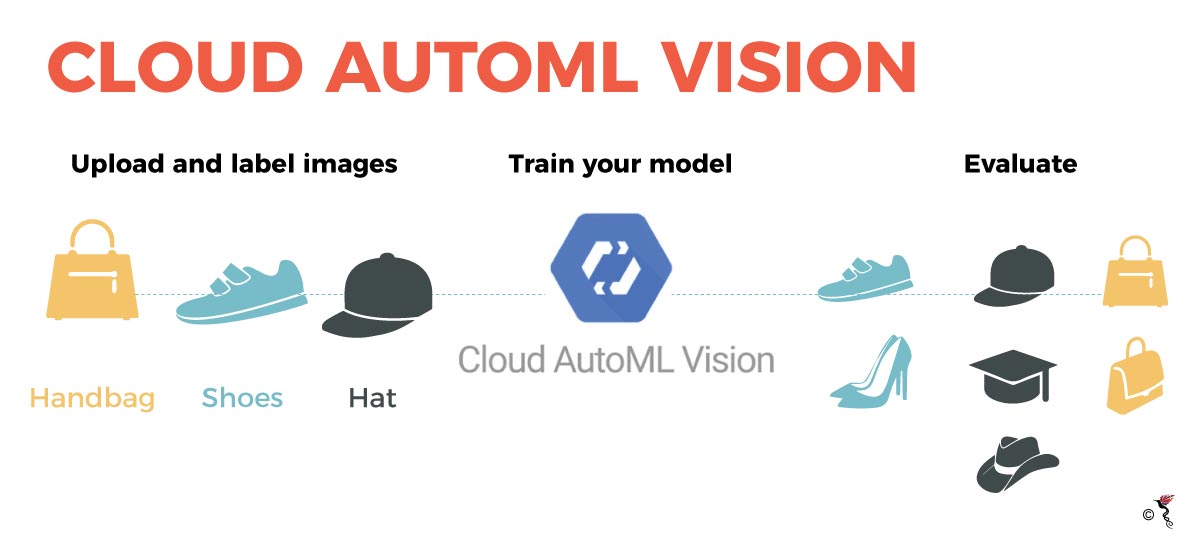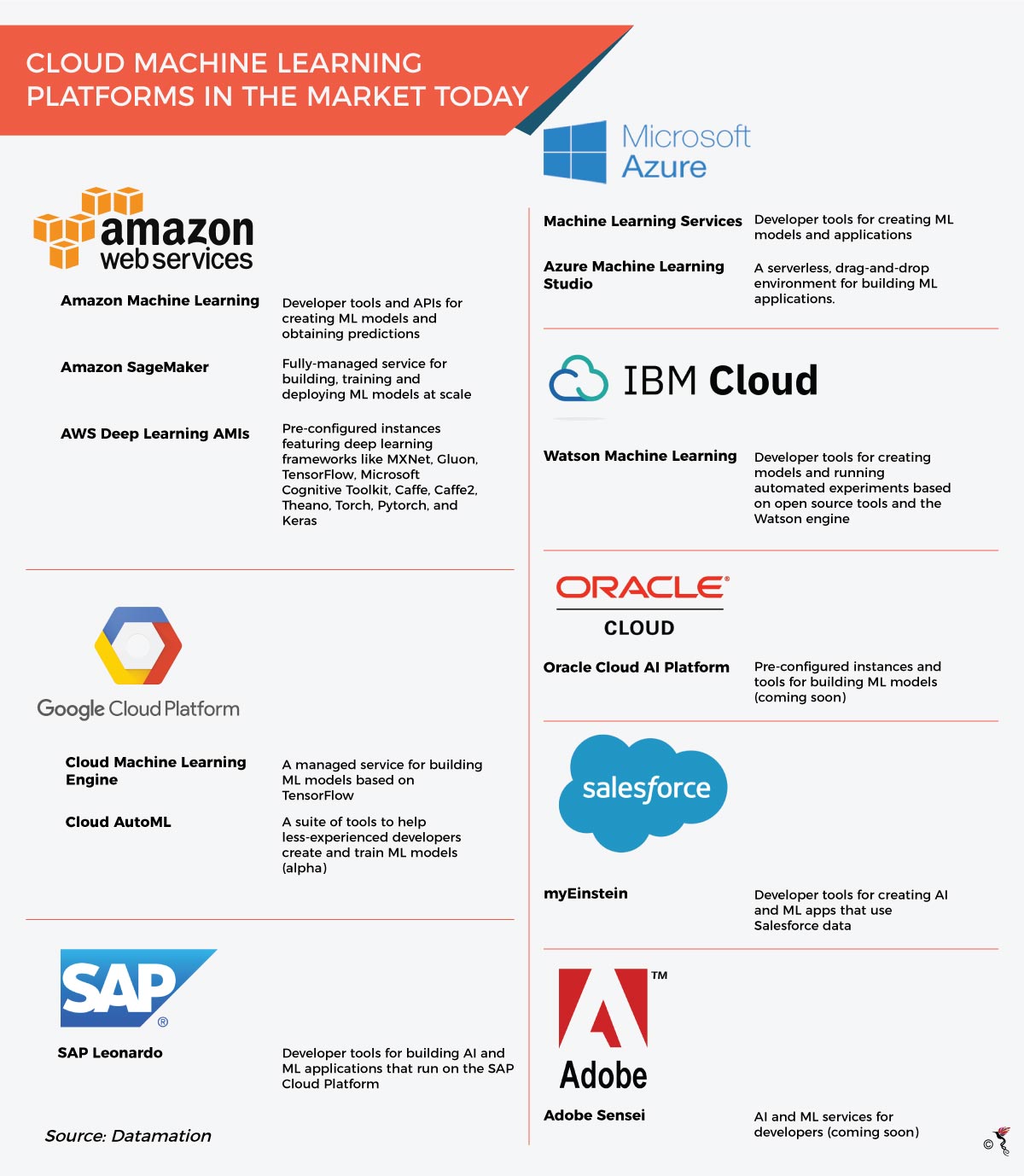The uniqueness of Google’s new cloud machine learning software, Cloud AutoML, is that it is a foundational software for the democratisation of artificial intelligence for worldwide use. With AI being the next frontier of future economic development, it is even more imperative that such expertise becomes accessible to everyone on an equal level.
“Currently, only a handful of businesses in the world have access to the talent and budgets needed to fully appreciate the advancements of ML and AI. There is a very limited number of people who can create advanced machine learning models,” explained Senior Director of Google Cloud, Jia Li, in a video conference at Google’s offices recently.
Google’s unique new product is undoubtedly something ASEAN businesses can benefit from. Singapore, for example, is a country that could effectively address its shrinking and aging labour force with some implementation based off the potential that Cloud Auto ML brings to the table.
Due to an aging population, Singapore’s labour supply could drop 1.7 percentage points by 2026 and by 2.5 percentage points annually after that, according to a study conducted by Oxford Economics in 2017. Although Singaporean firms have responded by automating processes and employing robotic labour as part of their long-term plans for growth, next-level automation can only occur with the implementation of high-level AI.
Under the National Research Foundation, Singapore’s government is investing S$150 million over a five-year period to increase research and development into AI. The AI Singapore initiative, as it is known, will study and build key AI areas like image diagnostics, text summarisation, video analytics, predictive maintenance and real-time translation for various sectors.
This is where Google’s Cloud AutoML Vision could potentially come in to aid with research and development. This cloud learning platform works by combining two kinds of technology to produce higher accuracy results even in robots with lower machine learning capabilities. The transfer of learning technology works by focusing on storing and improving on the data it gathers. It then reapplies this data to a separate, but similar problem in an improved way.

Cloud AutoML Vision works by collecting images, analysing and grouping them, then replicating the same process with new images. Over time. stored images will fill a databank that allows Cloud AutoML to make a more accurate analysis.
As the software becomes more adept at targeting similar images and drawing the appropriate conclusions, it becomes much more useful for machine learning, and can also be integrated into existing AI structures. As such, robots with some form of existing AI structure can be trained in a variety of skills using this software.
For now, the software is available for free try-outs. On the front end, users are presented with a simple interface where they can simply drag and drop images for it to recognise. Using that storage database of images, the AI then operates to collect similar images that can then be analysed and used to produce the results of a targeted search. It must also be noted that the tech is limited to just image recognition at present.

Though Google’s Cloud AutoML is one of the late entrants to the party, alongside Amazon Machine Learning and Microsoft Azure, the simplicity of its interface could make the software potentially more accessible to different parties, especially those with no AI or programming experience.
At present there is still insufficient data to ascertain which businesses could best optimise this software for their respective business models. Yet in initial tests, Cloud AutoML successfully helped Disney and Urban Outfitters to narrow down search results on their respective online stores to offer better product recommendations overall.
Robots with Cloud AutoML also present opportunities for Singapore’s healthcare sector to build on. The Woodlands Health Campus, targeted to open in 2022, is expected to automate administrative tasks like patient registration and payments through the use of AI, among other AI initiatives. Healthcare bots have also been employed to cater to the needs of elderly patients who need varying levels of care.
The potential is large for SMEs, who form the backbone of Singapore’s economy and whose automation is key to sustaining long-term growth. A platform like Cloud AutoML could help automate production processes as well as deliver more efficient services overall.
Yet a technology as new as Cloud AutoML is also likely to face technical support challenges. Though businesses may be able to use Cloud AutoML to create new ways of doing old things, they must be wary of the risks should the software encounter problems during implementation. To ensure wide adoption for Cloud AutoML, Google needs to make guidelines and technical support available 24/7, at least until use of the software becomes more established.
Still, it would be reassuring to Singaporean adopters to know that Google operates its global cloud platform from within Singapore itself. This fact alone already helps Google to cut down on customer service turnaround times and allows for the lower likelihood of service disruptions in the event of technological glitches.
Singapore still needs to iron out many challenges before AI can fuel a full robotics revolution on the island state. As a forerunner, it is at least helping neighbouring economies by serving as an example so other ASEAN countries needn’t reinvent the wheel.
Recommended Stories:
SMART Visa to enhance Thai industries
